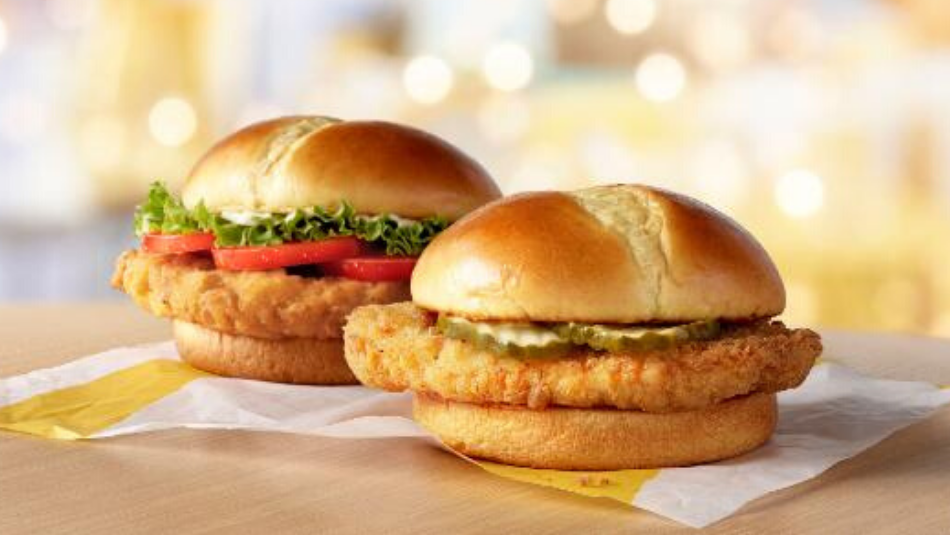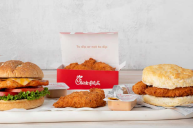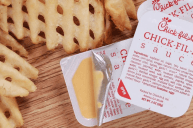McDonald's is joining the chicken sandwich wars against Chick-fil-a and Popeyes with a secret ingredient up their sleeve: MSG. Monosodium glutamate is the sodium salt of glutamic acid, one of the most abundant naturally occurring non-essential amino acids. It's used in a variety of different foods to enhance its savory flavor, but most notably people associate it with Asian cusine and "Chinese restaurant syndrome," the feeling of discomfort and headaches after eating Chinese food. So when McDonald's announced that they are testing their new Deluxe Crispy Chicken sandwich with MSG, some people were immediately turned off by the nutritional information.
Where are all the complaints of headaches and nausea?? Chinese Restaurant Syndrome my ass. https://t.co/quKe5hH1Kv
— david chang (@davidchang) January 14, 2020
But guess what people? Both Popeye's and Chick-Fil-A add MSG to their fried chicken sandwiches and I bet there are more fast-food restaurants under that list as well. For McDonald's, the new classic chicken sandwich would be the first McDonald's menu item to contain the flavor enhancer, MSG. However if these tests remain positive, what's stopping McDonald's from adding it to their french fries and Big Macs?
Currently, the brand is testing the sandwich in Knoxville, Tennessee and Houston, Texas, and so far the positive response has been encouraging."We are always listening to our customers regarding our menu offerings," a spokeswoman for McDonald's said in response to TIME about its addition of MSG.
Why MSG Isn't All That Bad
https://www.instagram.com/p/B7ZRVlcJ_oD/
In the 1950s MSG was found in everything in the grocery store; from children's crackers to baby food. In 1968 the New England Journal of Medicine published a letter from a doctor complaining about pain in his arms and legs following a meal at a Chinese restaurant. Readers jumped in, quickly writing to the journal sharing their own pains after eating Chinese food and the Chinese restaurant syndrome was born.
Fear of eating out at Chinese restaurants flooded the homes of Americans and began avoiding the restaurants. The Food and Drug Administration reviewed and built cases. Later on, researchers found out the data was skewed due to the test subjects not knowing for sure if their food contained the additive. But by then it was too late and the stigma of MSG was already rampaging itself, where it still stands as a questionable ingredient.




